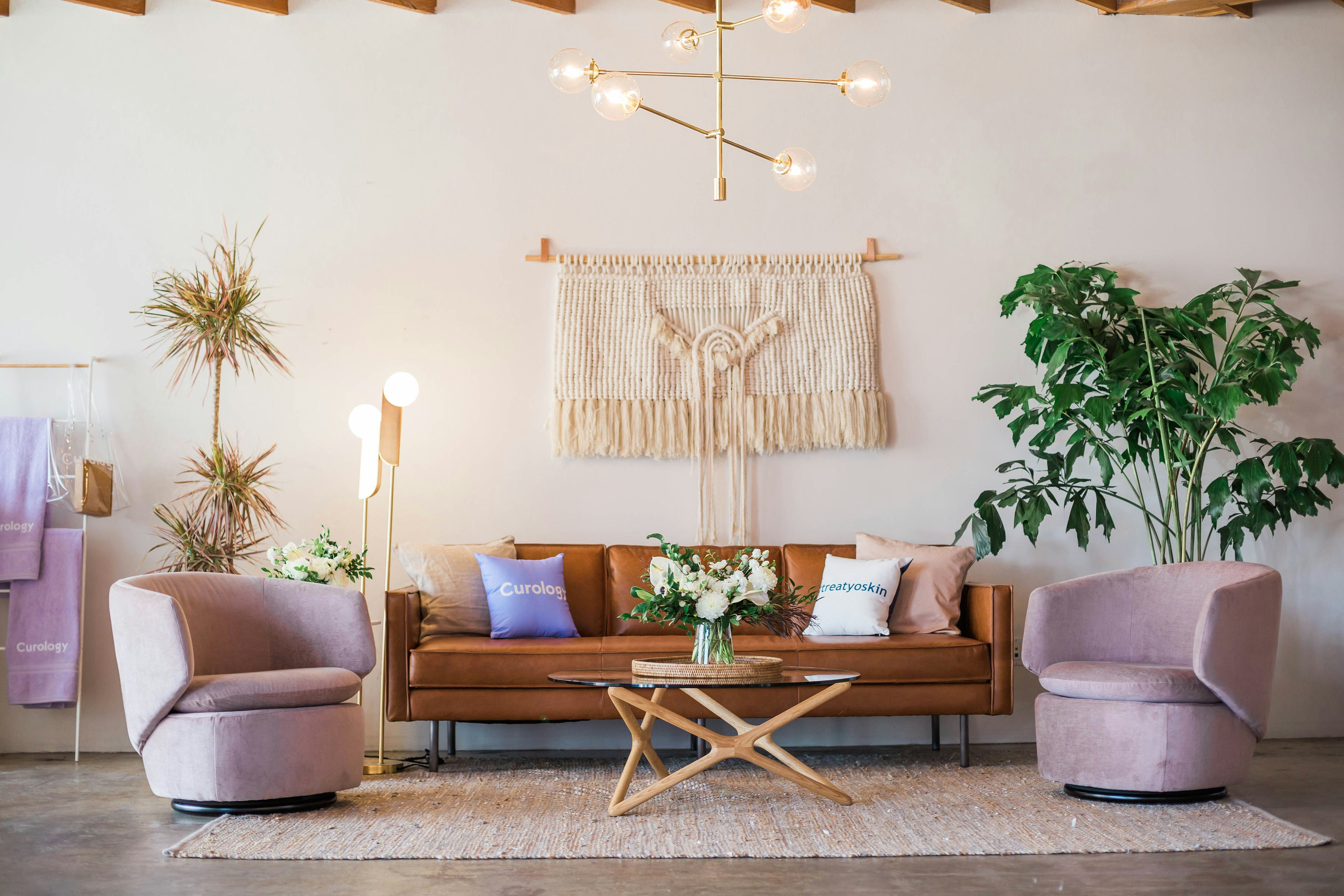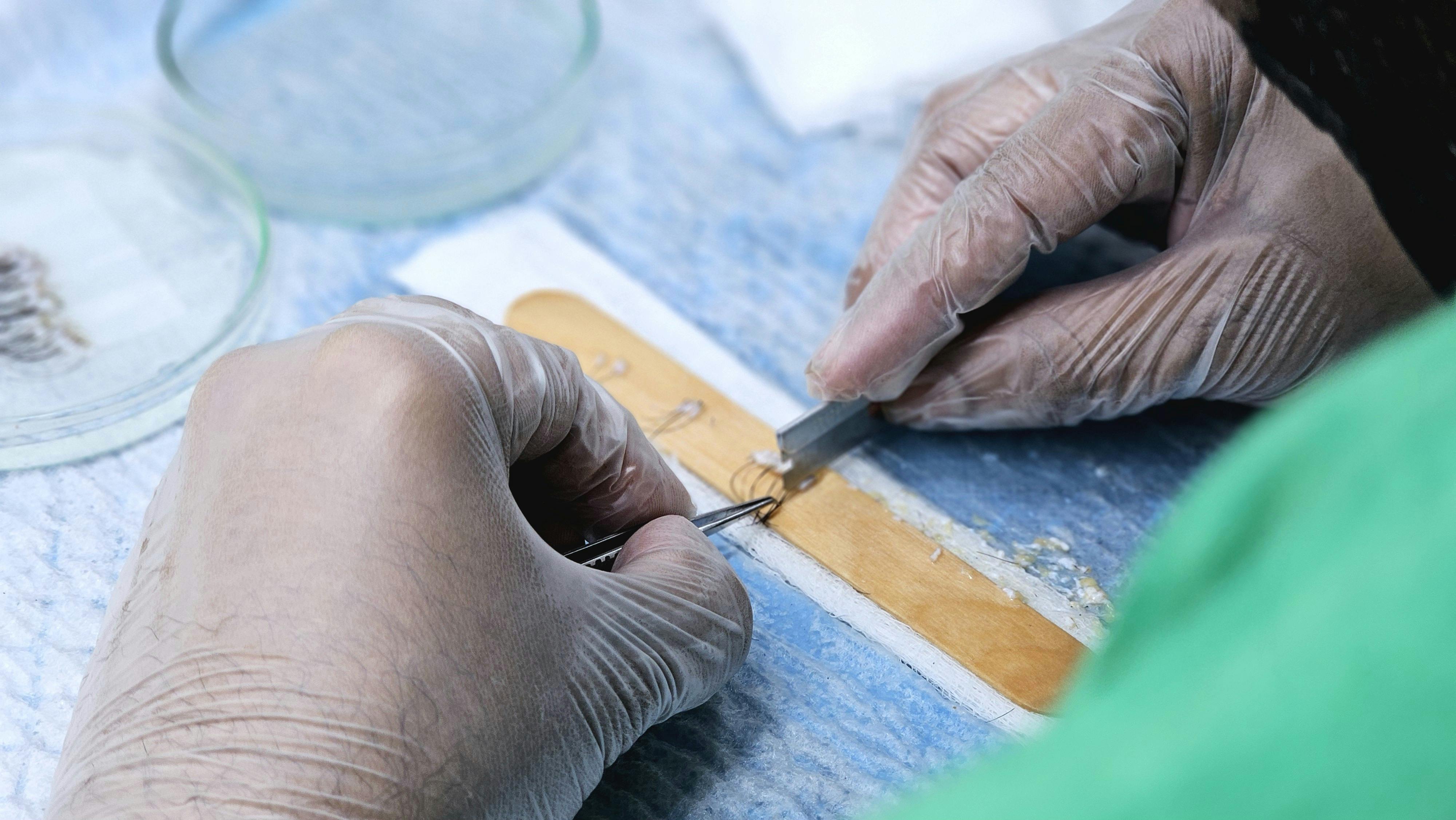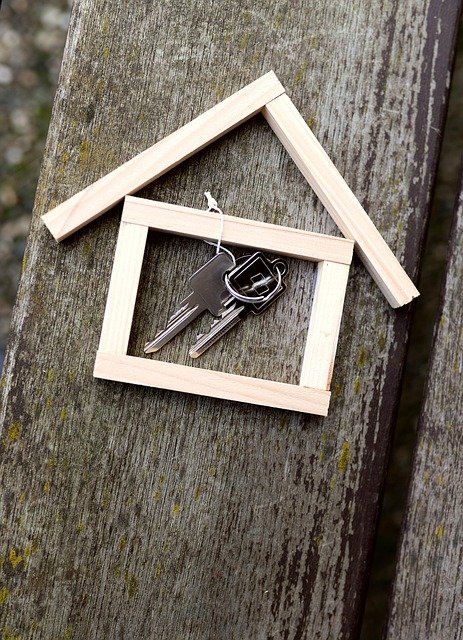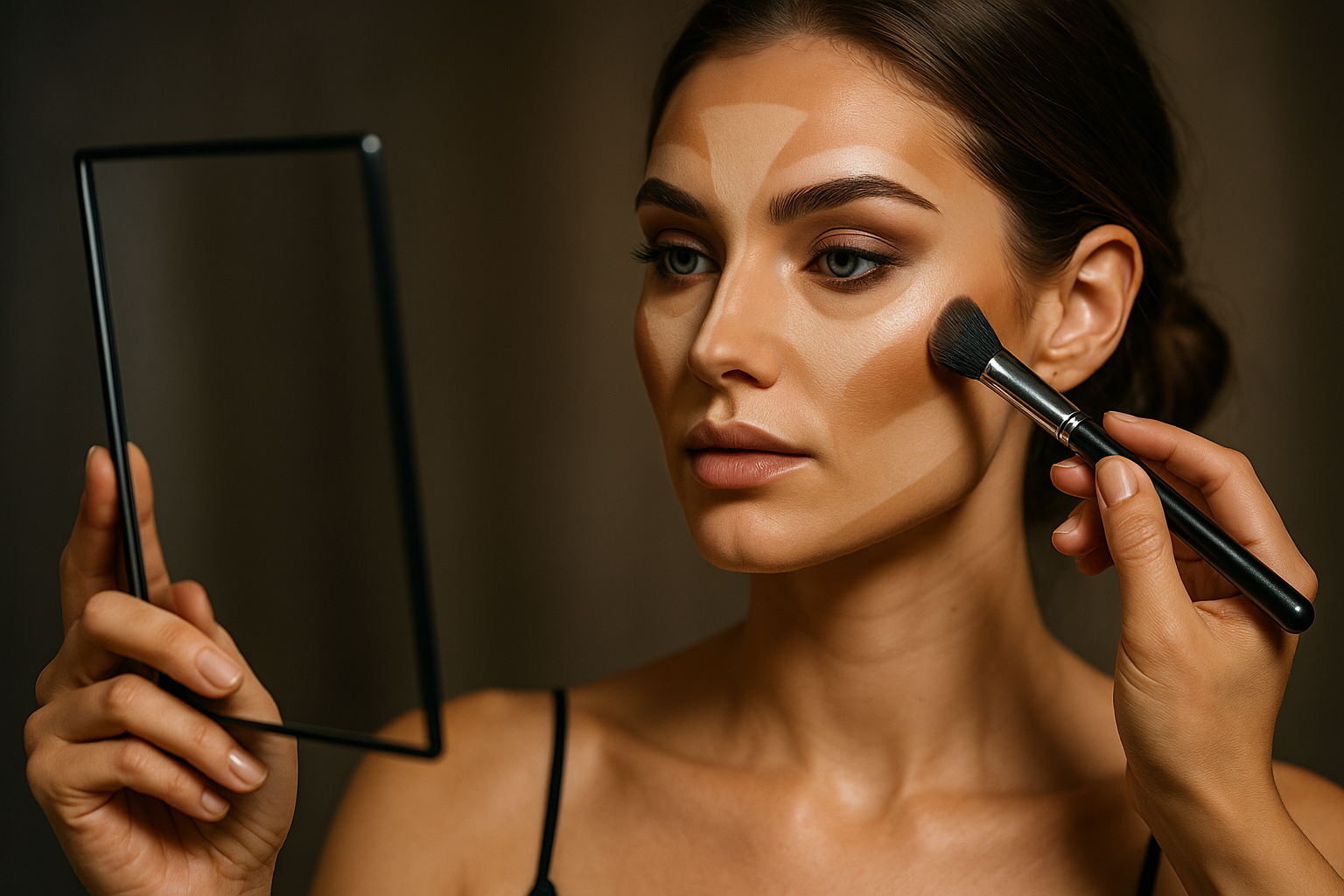"Embracing Textures: A New Wave of Sensory Experience in Home Design"
The booming interest in sensory experiences has infiltrated the world of home design in a big way. Now, more than ever, homeowners are realizing the importance of textures in creating warm, comfortable spaces that both soothe the mind and stimulate the senses. This trend is not just about aesthetics; it's about enhancing our everyday living experiences through sensory stimulation.
The Emergence of Texture in Home Design
The use of texture in home design is not a new concept, but its recent resurgence speaks to a larger shift in our understanding of how our environments impact our well-being. Historically, textures were incorporated into homes for practical reasons—like warmth and comfort. But over time, the emphasis on sleek, minimalist designs pushed textures into the background. Fast forward to the present day, when a renaissance of texture in home design is taking place. High-end interior designers and everyday homeowners alike are embracing textures as a way to add depth, warmth, and a sense of luxury to their living spaces.
The Current Trend: Texture Layering
The latest trend in textured home design is layering. This technique involves combining different textures to create a rich, sensory experience. Layering can be achieved by mixing materials like wool, velvet, linen, and leather across various elements such as upholstery, throw pillows, rugs, and curtains. The result is a visually intriguing space that invites touch and interaction. The beauty of texture layering is that it adds depth and dimension to any room, making it feel warmer and more personalized.
Practicality and Market Trends
In terms of practicality, adding texture to your home is an easy and cost-effective way to upgrade your space. It doesn’t always require a complete renovation or expensive furniture. A textured throw or a shag rug can instantly elevate a room’s aesthetic appeal. Market trends confirm the growing popularity of textured home decor. The global home decor market is projected to grow at a CAGR of 4.9% from 2020 to 2027, with a significant portion of this growth attributed to the rising interest in textured products.
How Textures Enhance Daily Living
Integrating textures into home design isn’t just about aesthetics—it’s about promoting comfort, warmth, and well-being. Textures can induce feelings of relaxation and calm, which can positively impact mental health. A soft, plush rug underfoot or the smooth grain of a wooden table can offer a moment of sensory pleasure in our daily routines. Moreover, textures can make a space feel cozier and more inviting, which is particularly beneficial in creating a home environment that promotes relaxation and connection.
The Future of Textured Home Design
The future of textured home design looks promising. As homeowners continue to seek ways to create dynamic, multi-sensory environments, textures will play an increasingly important role in home design. We can expect to see more innovative uses of textures, from textured wallpaper and 3D wall panels to tactile kitchen surfaces and textured bathroom tiles. As this tactile revolution continues, texture will no longer be an afterthought in home design but a key element in creating spaces that not only look good but feel good too.
In conclusion, the resurgence of texture in home design is a welcome shift towards creating more sensory, experiential spaces. It’s about enhancing not just the visual appeal of our homes, but also the tactile experience. By embracing textures, we can create homes that are not only beautiful but also deeply comforting and personal.







